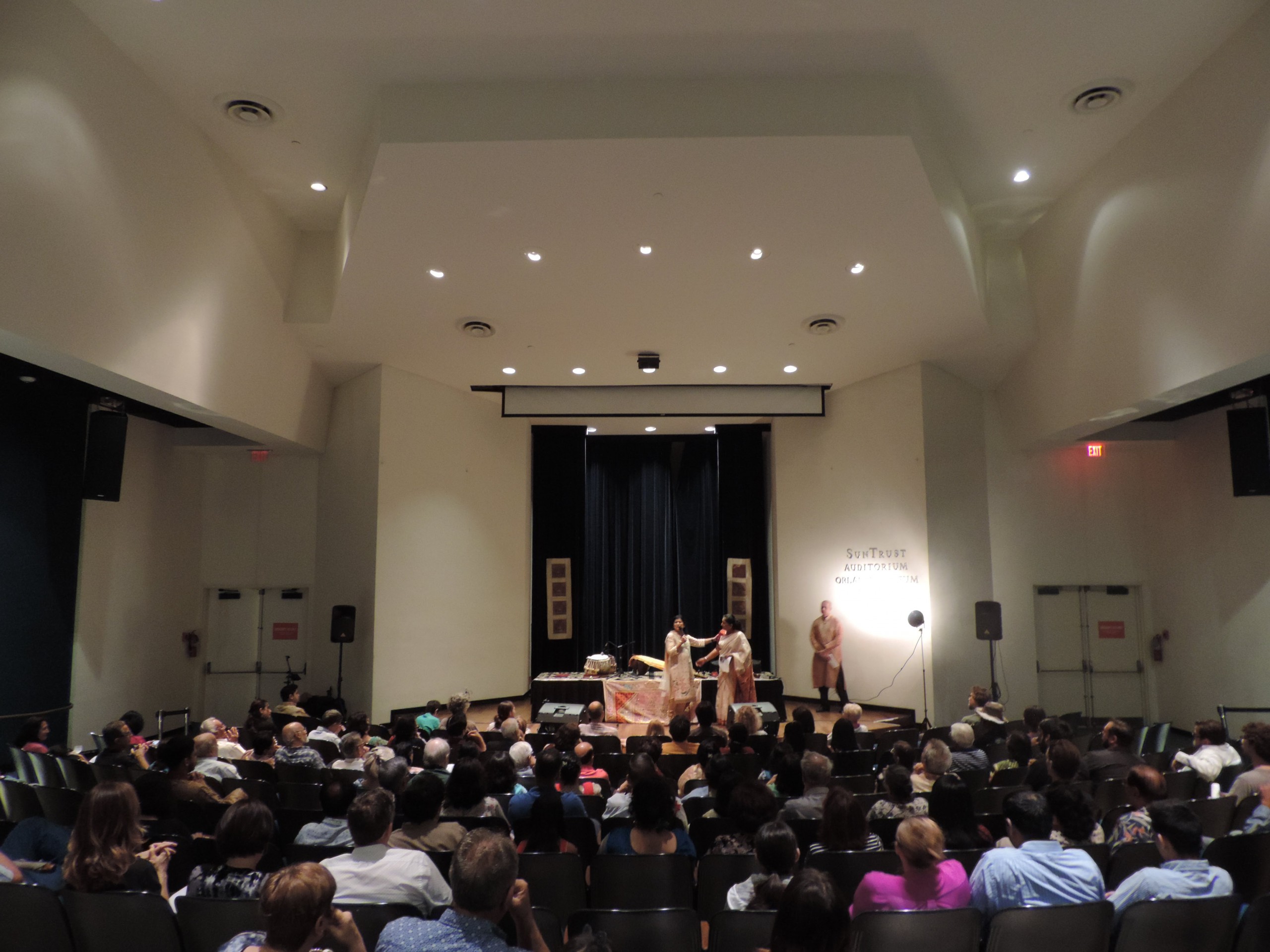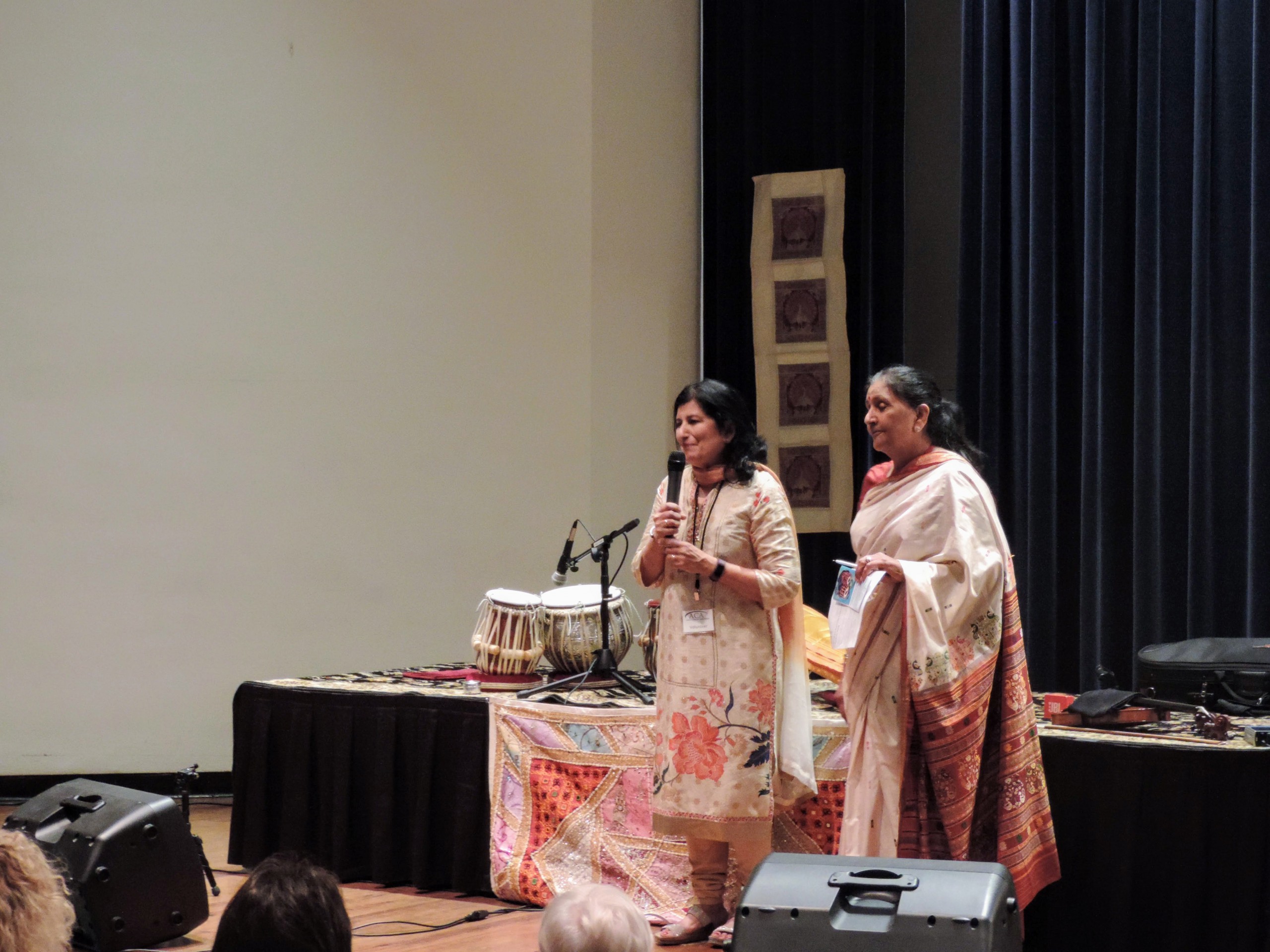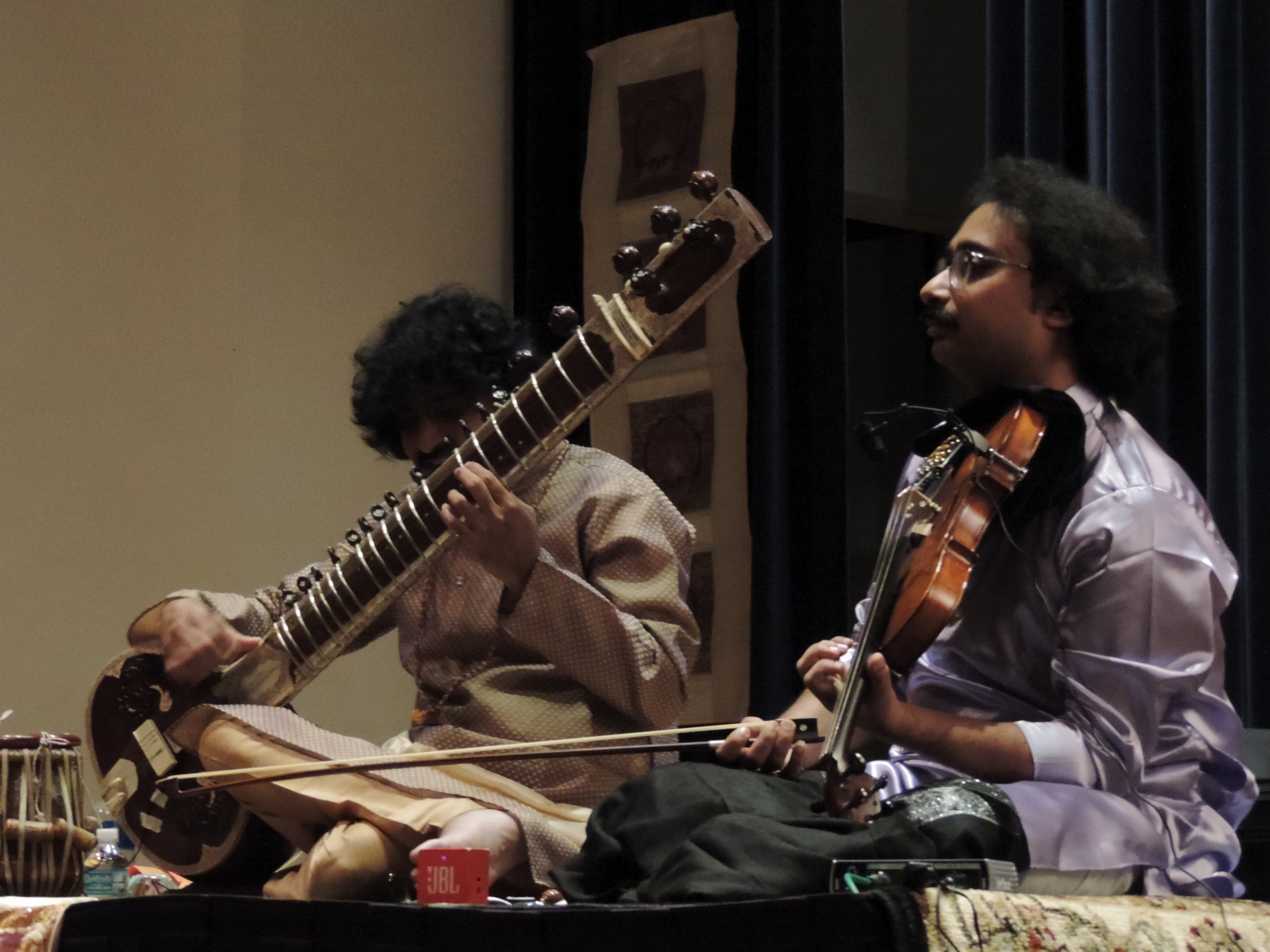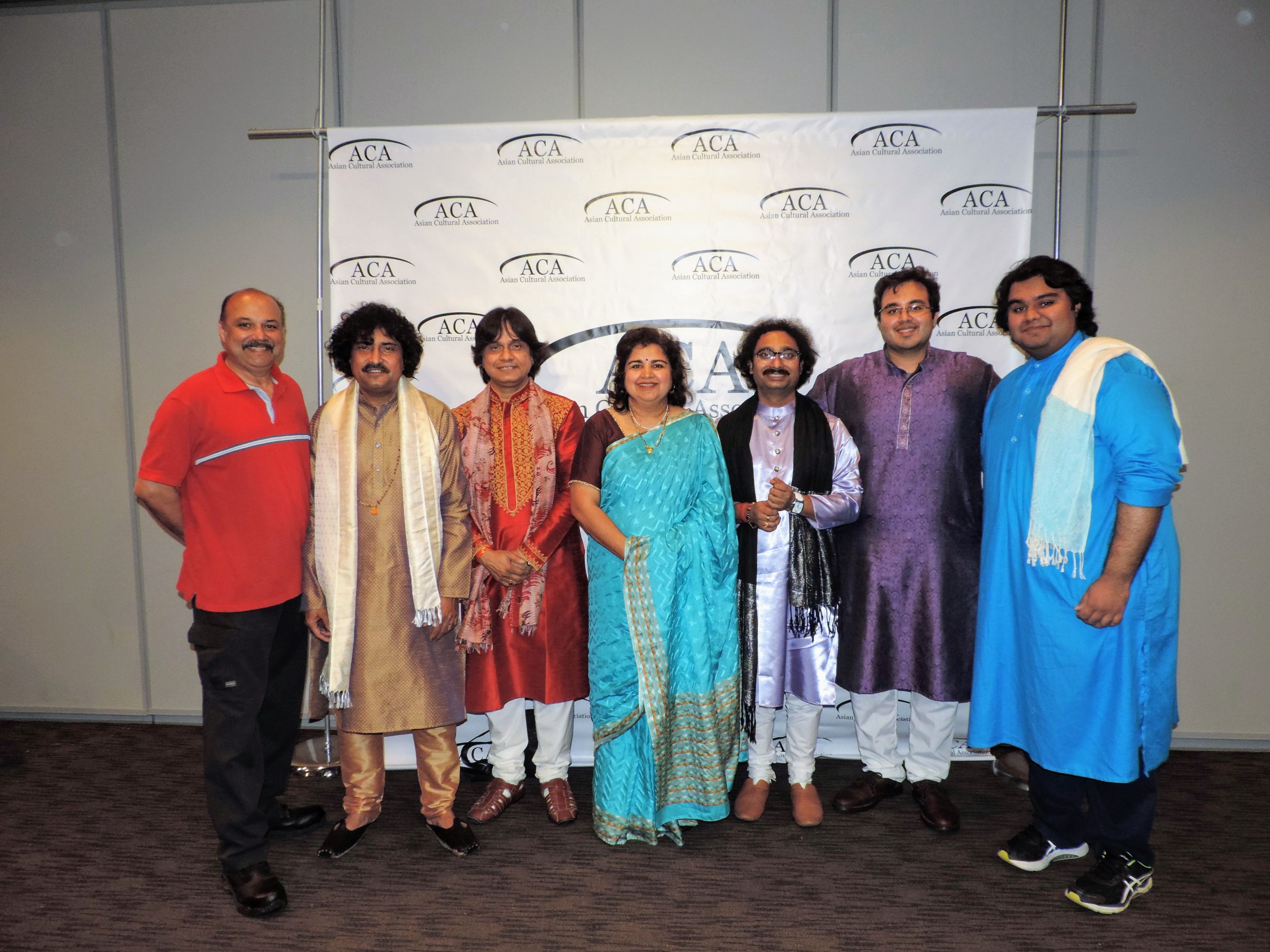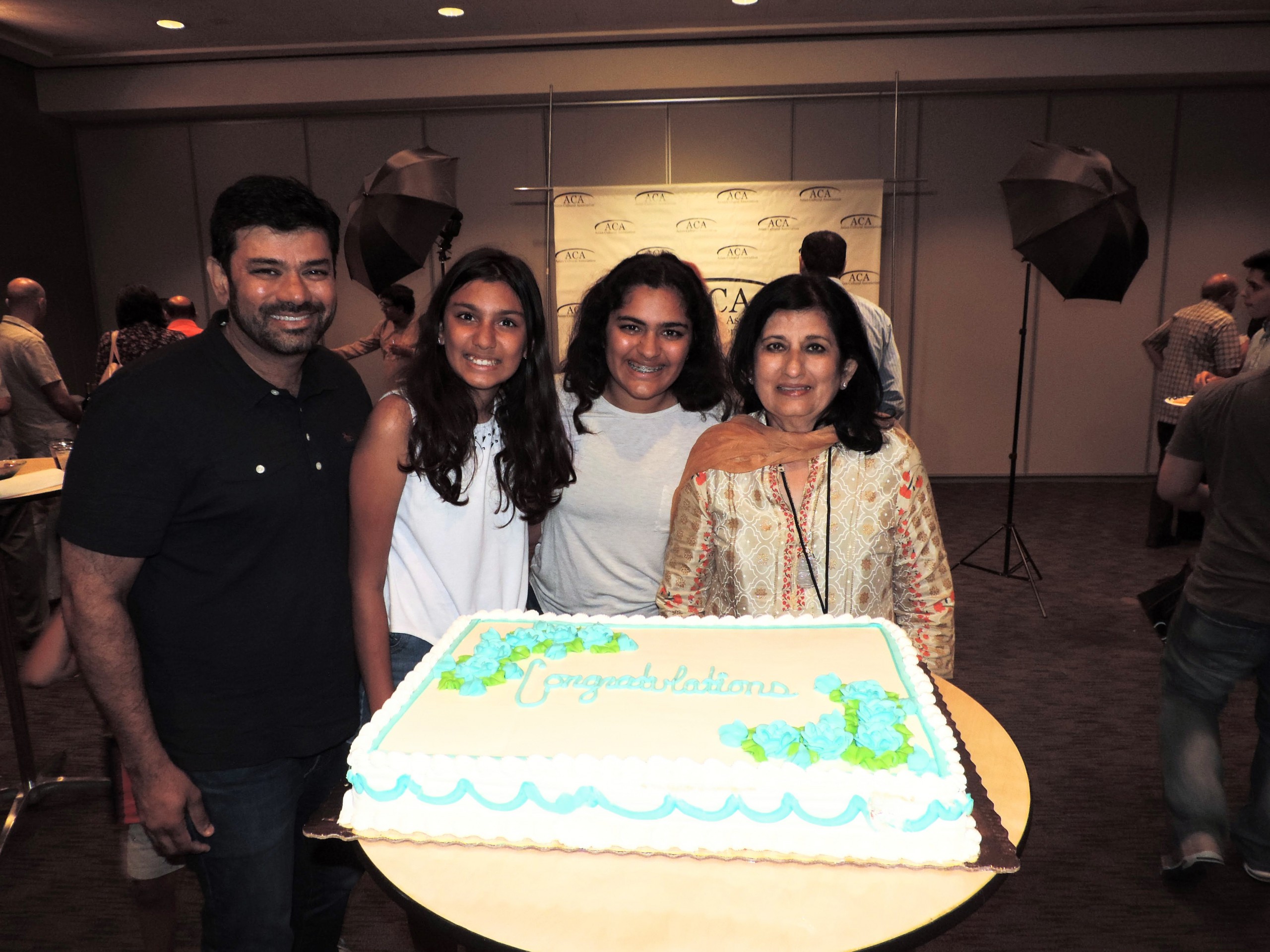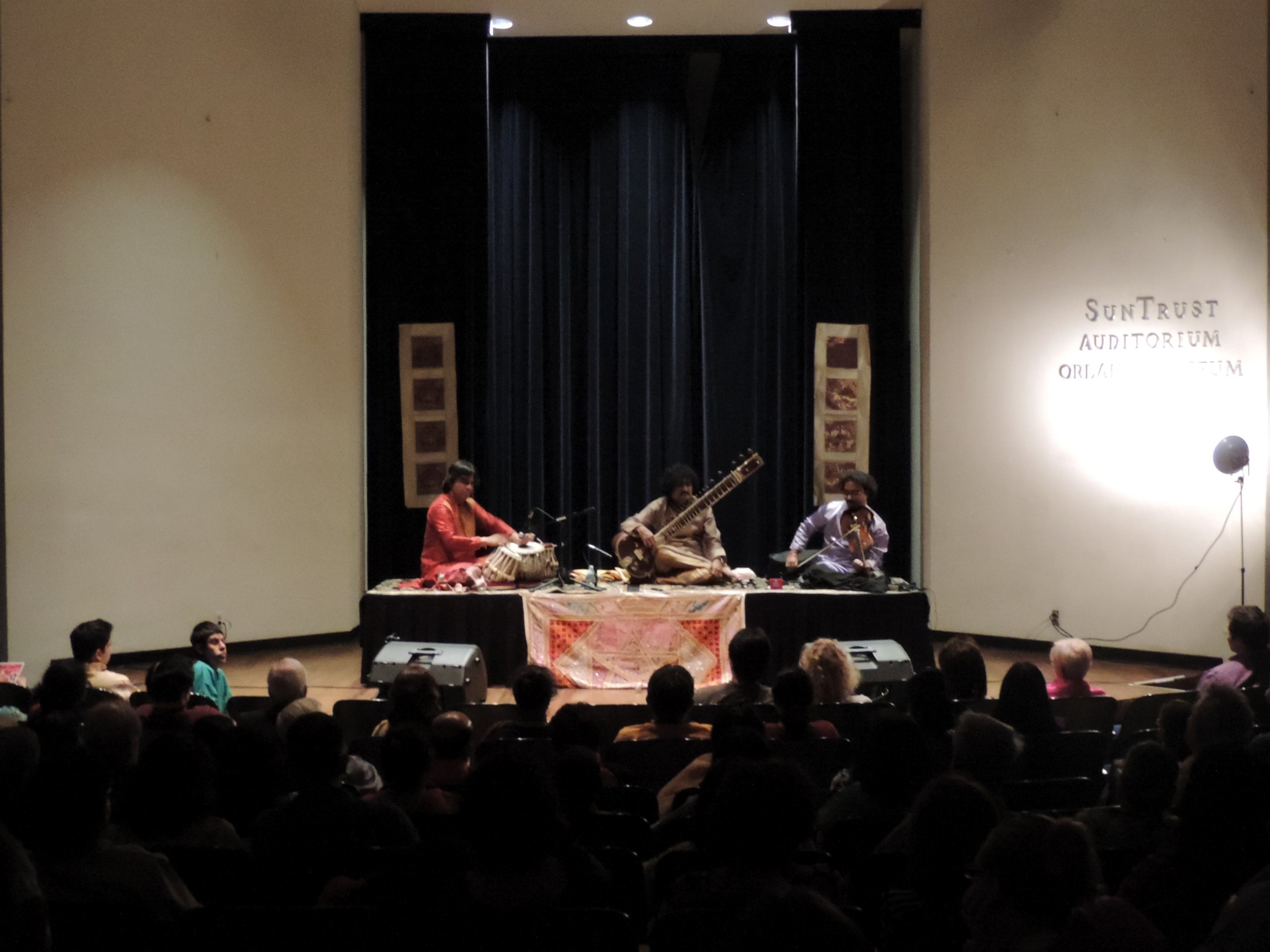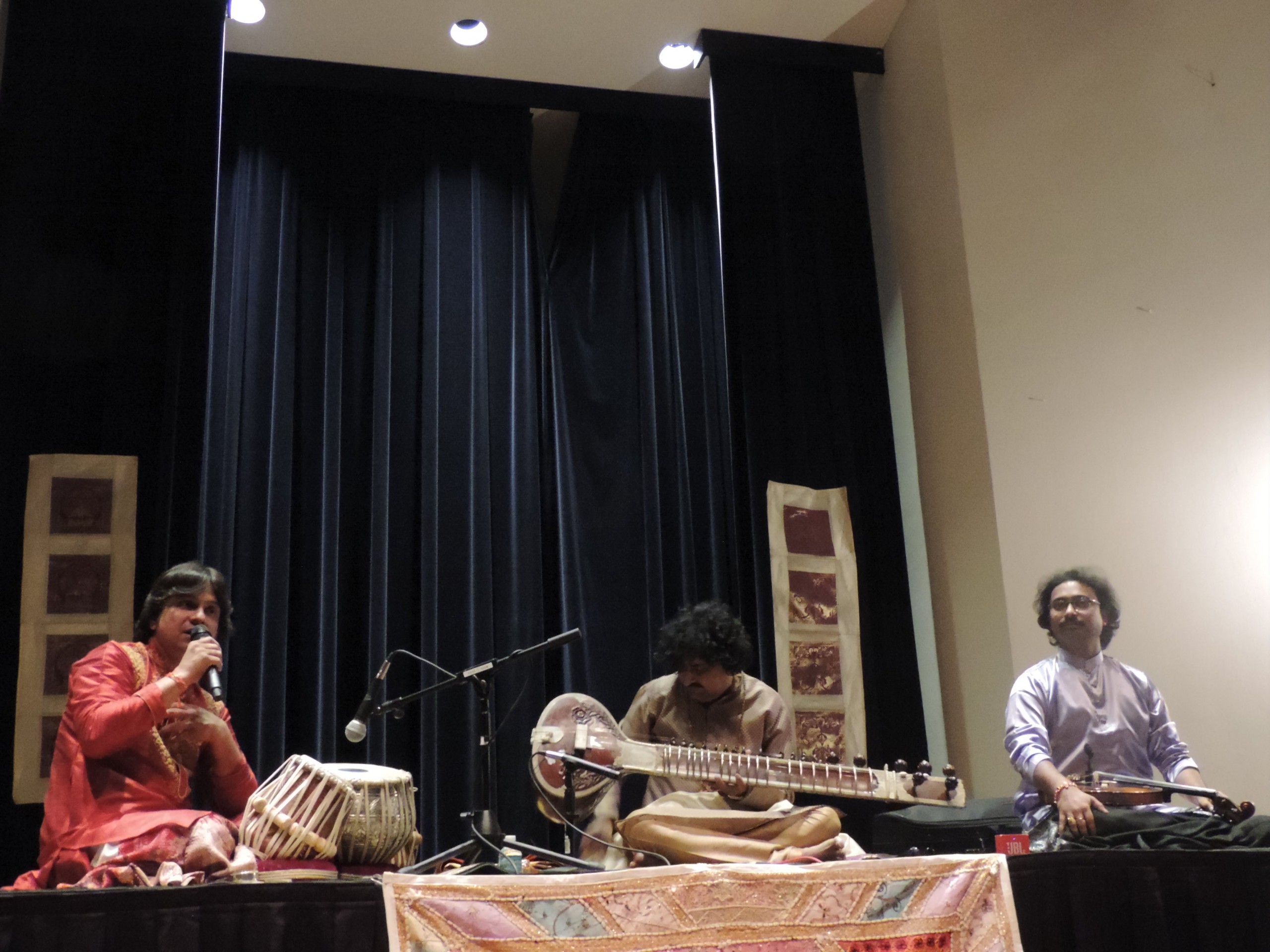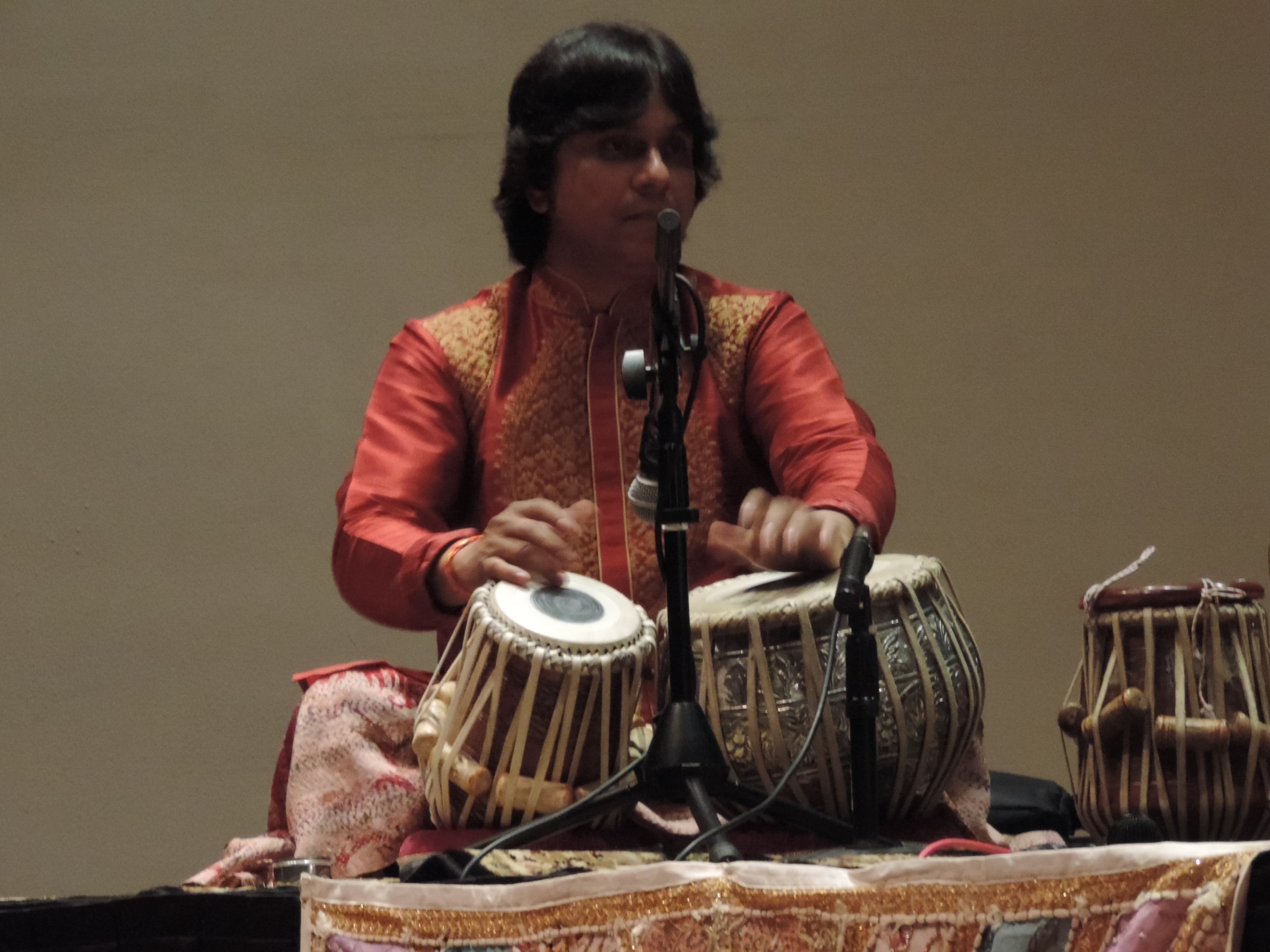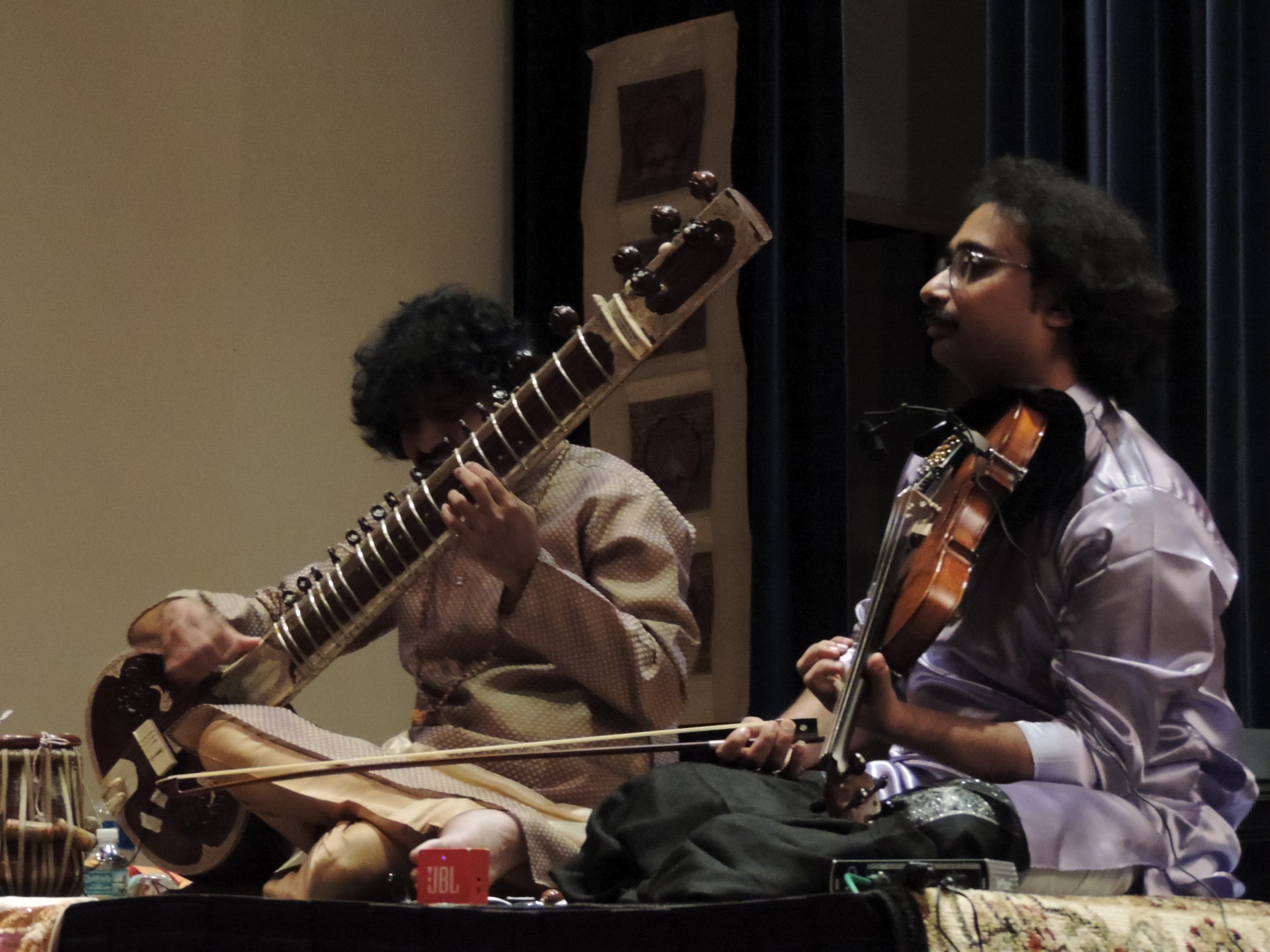
"The preservation of south asian art and
culture through education and entertainment"

"The preservation of south asian art and
culture through education and entertainment"

"The preservation of south asian art and
culture through education and entertainment"
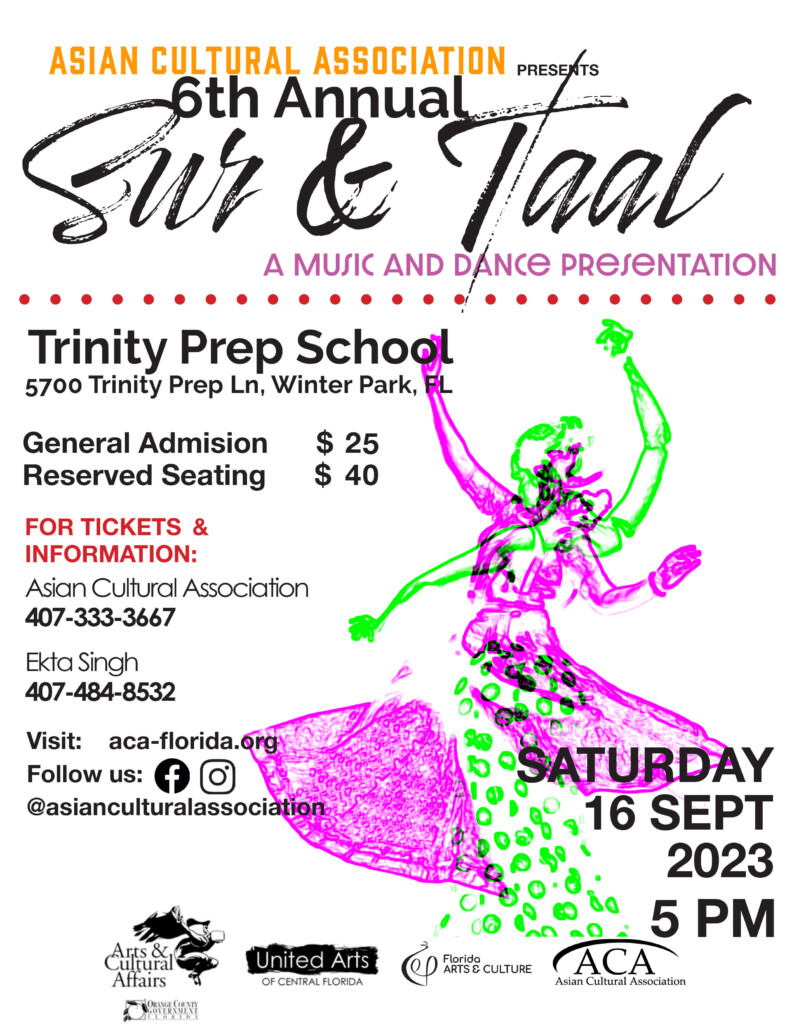
Asian Cultural Association is
Performing Arts, Visual Arts & More
School of Music
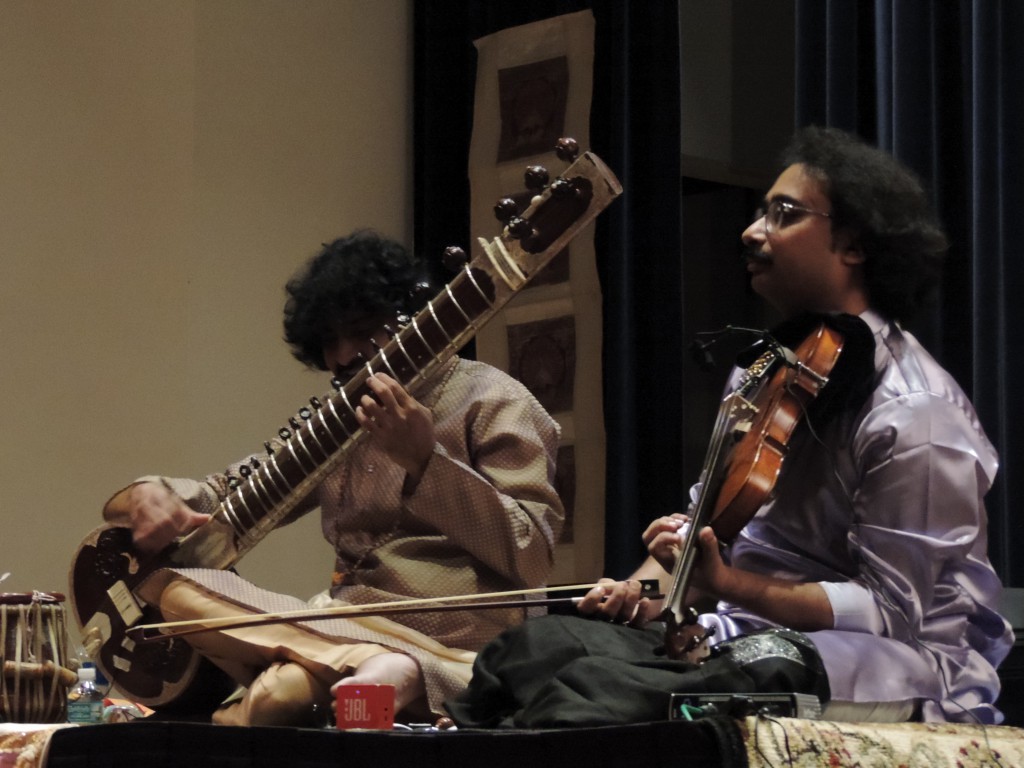
A school focused on teaching the rich cultural and musical traditions
Students learn the necessary skills, knowledge and understanding to appreciate or contribute to musical lifestyles.
Our teachings are based on Raag which means melody and Taal which means rhythm. Students learn to play the classical music of North India on the instrument of their choice. All students are encouraged to learn vocal music as well.
Two concerts are also presented every year bringing internationally acclaimed artists and giving students the ability to get inspired.
Our advanced workshops are conducted by internationally acclaimed artists. This has helped develop a core base of local artist and create a colorful music scene in Florida that has built a fan base over the years.
Education
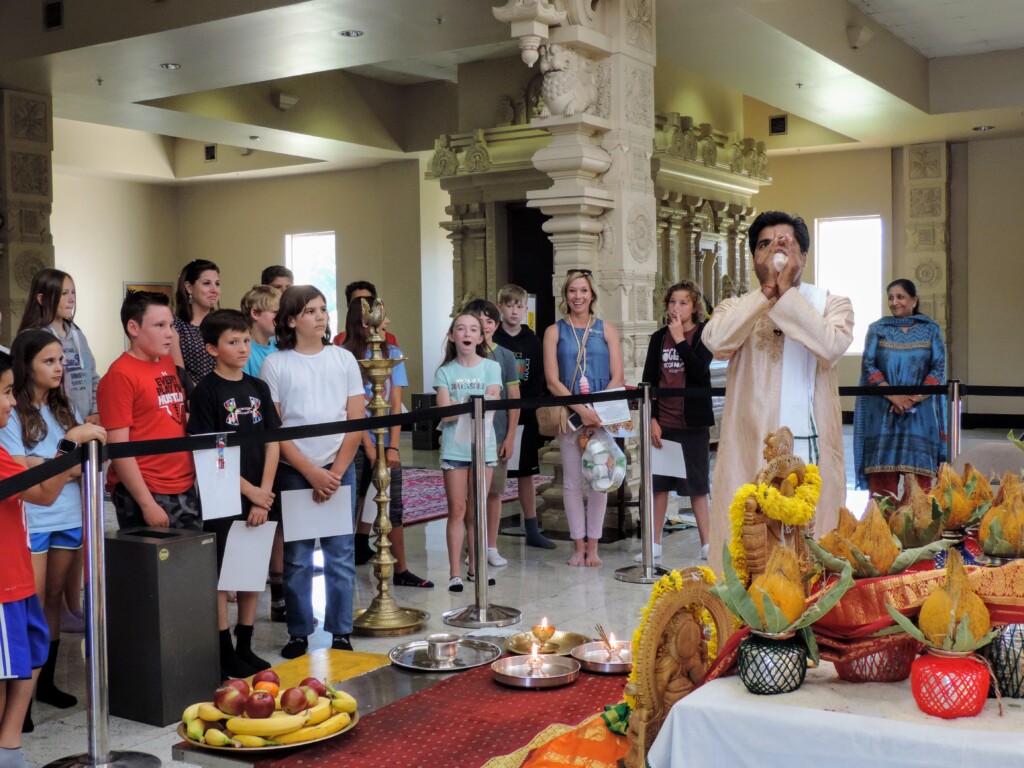
Music Therapy
The ACA offers a free music therapy program for local nonprofit centers for adults with intellectual disabilities. Accomplished teaching artists with extensive experience in performing music in the Hindustani classical tradition visit these centers, bringing with them the traditional percussion instruments from India. These programs often include ASL Interpretation and an extremely low student-to-teacher ratio. Through the art of Indian music rhythm, students learn to count beats, maintain complicated rhythm, and recognize patterns. Over the course of several sessions, students demonstrated skills in confidence, counting, keeping rhythm, and pattern recognition.
Cultural Immersion (Temple)
An educational program designed to introduce students to the cultures and traditions of India.
Orange County Public Schools
A school program that introduces the students of the Orange County Public Schools to the musical traditions of the Indian Subcontinent. Showcases the concept of improvisation and similarities between the music of east and west.
School of Dance
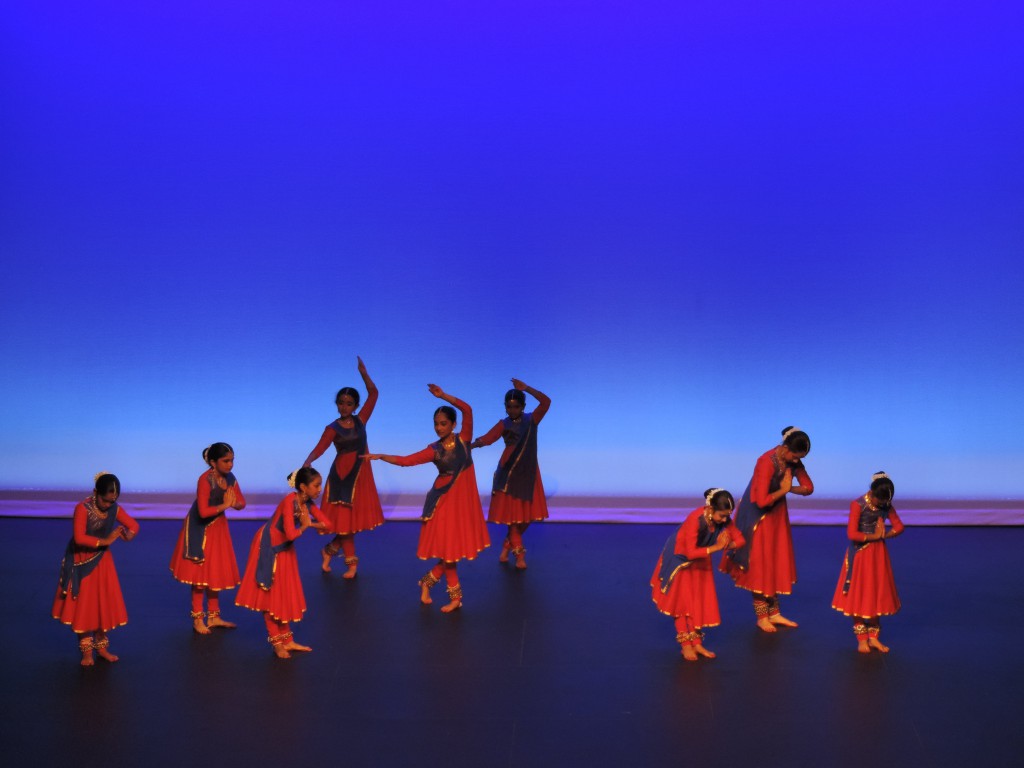
We teach Kathak.
- This dance form traces its origins to the nomadic bards of ancient northern India, known as Kathaks, or story tellers. These bards, performing in village squares and temple courtyards, mostly specialized in recounting mythological and moral tales from the scriptures, and embellished their recitals with hand gestures and facial expressions. It was quintessential theatre, using instrumental and vocal music along with stylized gestures, to enliven the stories. With the advent of Mughal culture, Kathak became a sophisticated chamber art. Patronized by art loving rulers, the practitioners of Kathak worked at refining its dramatic and rhythmic aspects, delighting elite audiences with their mastery over rhythm and the stylized mime.
- The technique of Kathak today is characterized by fast rhythmic footwork set to complex time cycles. The footwork is matched by the accompanying percussion instruments such as tabla and pakhawaj, and the dancer and percussionists often indulge in a virtuoso display of rhythmic wizardry.The dance movements include numerous pirouettes executed at lightning speed and ending in statuesque poses. The interpretative portion, based on tales of Radha and Krishna and other mythological lore, contains subtle gestures and facial expressions. Lucknow, Banaras and Jaipur are recognized as the three schools, or gharanas, where this art was nurtured and where the interpretative and rhythmic aspects were refined to a high standard.

